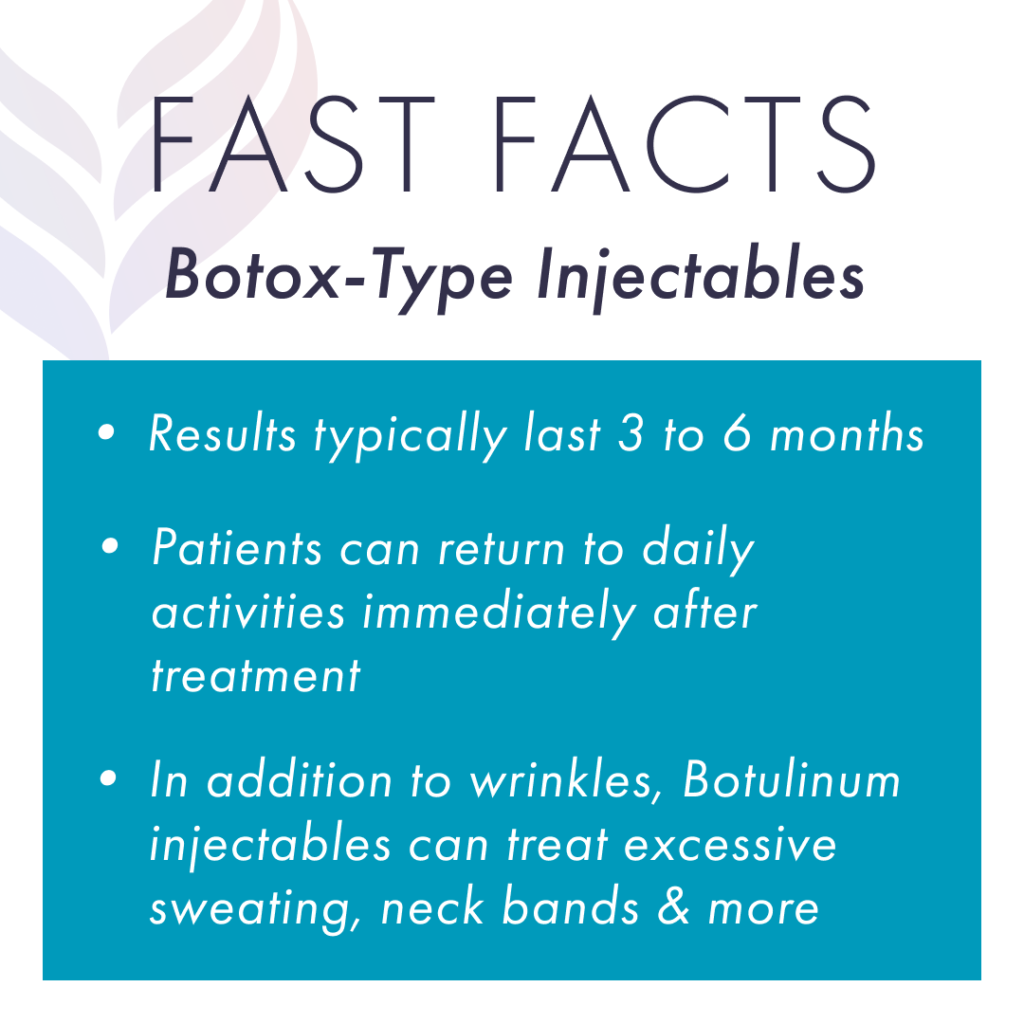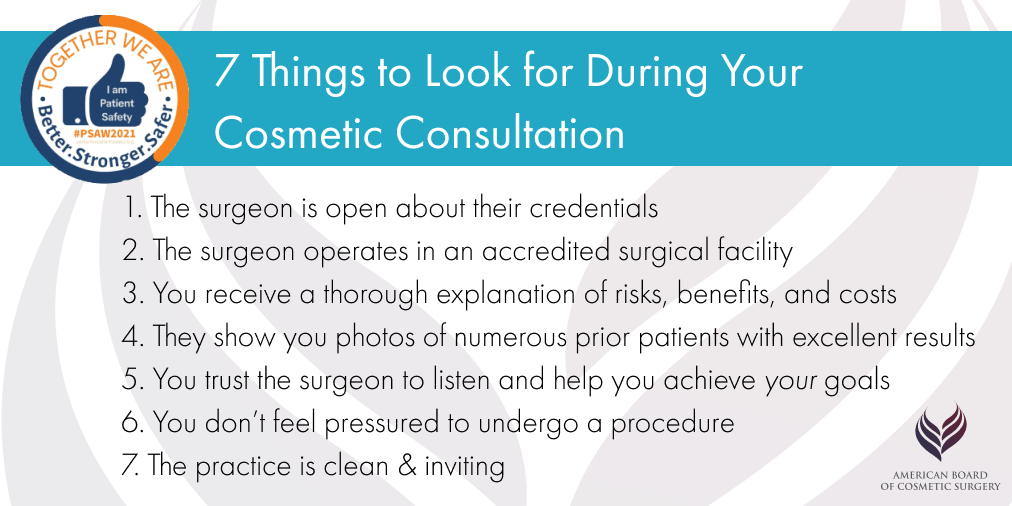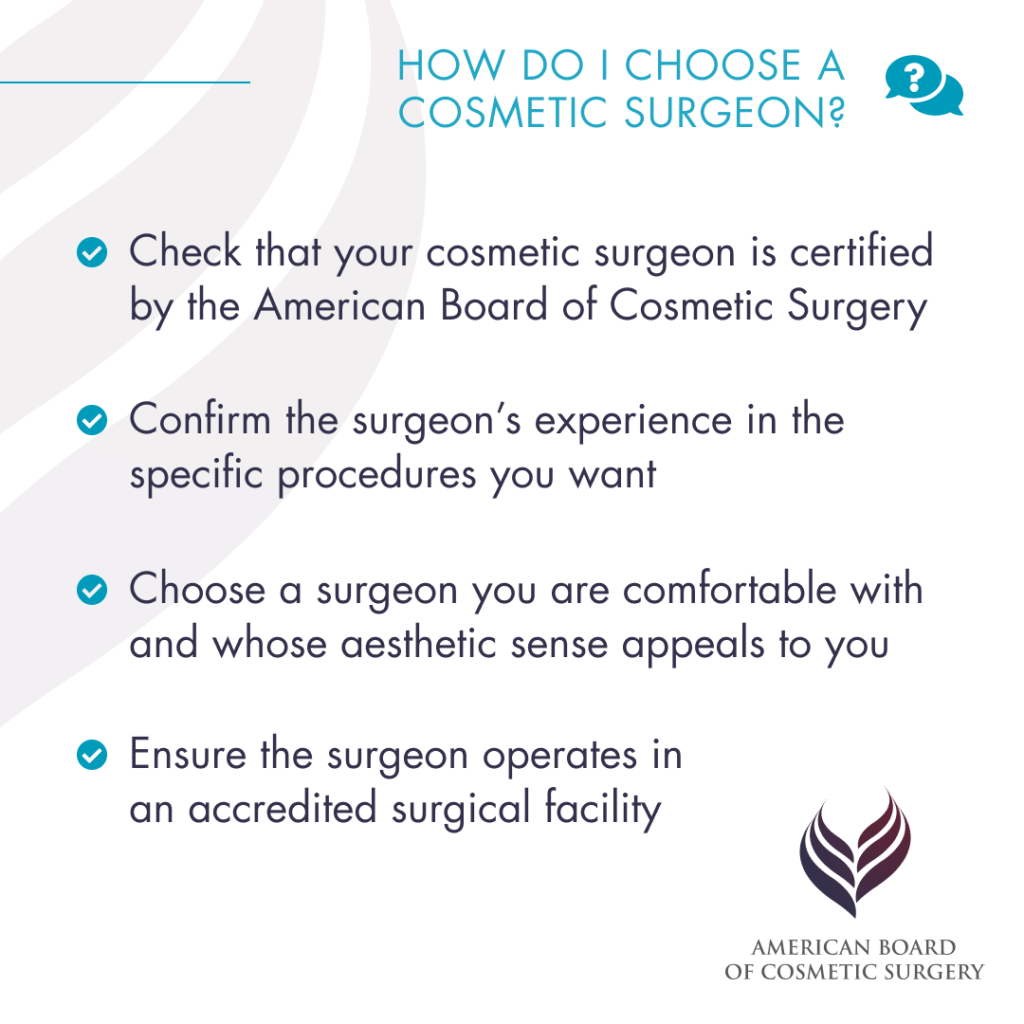What is Botulinum toxin type A?
Botulinum toxin type A is an injectable neurotoxin, better known under brand names such as Botox Cosmetic®, Dysport®, Xeomin®, Jeuveau®, and Daxxify®. Neurotoxin treatments are the most popular single cosmetic procedure in the U.S. and are mainly used to smooth dynamic wrinkles, or those wrinkles that form as a result of facial movements like frowning, squinting, smiling, and other expressions we tend to make day after day. Treatment works by blocking nerve impulses to the muscles, causing them to relax. As a result, your expressions soften and the dynamic wrinkles are greatly reduced.

What Types of Wrinkles can Botox-type Injectables Treat?
Botox-type injectables can help an adult patient of any age improve his or her appearance, not only imparting a more youthful look, but also alleviating an overly concerned look, helping you look better refreshed or even more pleasant. The most commonly treated areas are those where muscle activity influences facial features, such as the following:
- Glabellar lines (a.k.a. “elevens” or frown lines)
- Wrinkles around the eyes, such as crow’s feet
- Forehead creases
- Corners of the mouth
- A “cobblestoned” appearance to the chin
- Key Benefits
- Glossary
- Reduces wrinkles: Botox-type injectables can reduce the appearance of wrinkles and fine lines by relaxing the muscles that cause them. This is particularly effective for wrinkles on the forehead, between the eyebrows, and around corners of the eyes.
- Improves skin appearance: In addition to reducing wrinkles, Botox-type injectables can also improve the overall appearance of the skin by smoothing out texture irregularities.
- Results in smoother complexion: By reducing wrinkles and improving skin texture, Botox-type injectables can create a smoother, refreshed complexion.
- Botulinum toxin: A neurotoxin produced by the bacterium Clostridium botulinum that is used in cosmetic procedures to temporarily reduce muscle activity and smooth out wrinkles.
- Frown lines (glabellar lines): Vertical “11” lines that appear between the eyebrows, often caused by repeated muscle contractions from facial expressions.
- Crow’s feet: Fine lines and wrinkles that radiate from the outer corners of the eyes, typically caused by aging and repeated smiling or squinting.
- Nasolabial fold: The crease or line that runs from the sides of the nose to the corners of the mouth, often deepening with age.
- Glabellar lines: Vertical lines or wrinkles that form between the eyebrows on the forehead, commonly known as “frown lines” or “11 lines.”
- Neurotoxin: A substance that acts on the nervous system, often used in medicine for therapeutic or cosmetic purposes.
- Neuromodulator: A substance that modulates or alters the activity of neurons, commonly used in cosmetic treatments to relax muscles and reduce the appearance of wrinkles.
- Hyperhidrosis: A condition characterized by excessive sweating beyond what is considered normal, often treated with botulinum toxin injections.
- Migraine: A recurring headache disorder characterized by moderate to severe headaches, often accompanied by other symptoms such as nausea, light sensitivity, and visual disturbances.
- Injector: A healthcare professional (i.e. a nurse or physician assistant) trained and qualified to administer injections, such as botulinum toxin or dermal fillers.
- Gummy smile: A smile that shows an excessive amount of gum tissue when a person smiles, often treated with botulinum toxin injections to relax the muscles responsible for lifting the upper lip.
- Unit: A measurement used to quantify the dose of botulinum toxin or neuromodulators administered during cosmetic procedures.
- Dermal filler: Injectable substances that are used to restore volume, fill in wrinkles, and enhance facial contours, typically composed of hyaluronic acid, collagen, or other biocompatible materials.
What is the Difference Between Botox, Dysport, Xeomin, Jeuveau, and Daxxify?
Now you know that each of these products contain the same active ingredient: botulinum toxin type A, and are designed to address the same types of wrinkles and other cosmetic concerns. So how are they different? The main distinction lies in their formulation, which influences the dosage used, how much the product spreads, and how quickly a patient might see the results. For example, Botox Cosmetic is formulated with an accompanying protein. Dysport and Jeuveau contain similar proteins, while Xeomin doesn’t contain an accompanying protein at all. Daxxify, or “DAXI”, contains a peptide instead of a protein and may be considered a “cleaner” neurotoxin as it does not contain any human or animal byproducts. All five products are FDA approved and have been used safely and effectively for some time. Which of these products is best for you will depend on your unique anatomy, your goals, and your cosmetic surgeon’s recommendations.
Choosing a Provider for Injectable Treatments
Many people think that because Botox is advertised in day spas and other non-medical offices, botulinum injections are on the same level as a manicure, facial or haircut. We cannot stress enough that this is not the case! Though non-surgical, injections are a medical procedure that requires specific training, knowledge and skill to administer safely and effectively.
When selecting a provider for injectable treatments, give your decision the same level of care and scrutiny that you would for a surgical procedure. While many doctors begin advertising Botox treatments after attending a weekend course in injectables, ABCS board certified cosmetic surgeons receive specific training performing neurotoxin injections during their year-long cosmetic surgery fellowship. Choosing a board certified cosmetic surgeon means choosing a Botox provider with an extensive knowledge of facial anatomy, a well-developed aesthetic eye, and a surgeon’s skill and precision.
Whomever you choose, make sure your provider has a proven background in cosmetic medicine as well as training and substantial experience administering botulinum toxin injections. Ask to see before & after photos of that provider’s patients. If an R.N. or physicians assistant will be performing your injections, that person should be working closely under the supervision of a board certified cosmetic surgeon or other qualified physician.
What to Expect During Treatment
Botulinum toxin injections are non-surgical and typically completed during an office visit. Your initial treatment will begin with a consultation, during which you will meet with your cosmetic surgeon to discuss your concerns and goals.
Pre-treatment consultation
During your consultation, your cosmetic surgeon will evaluate your area of concern and go over your medical history. Even though there is little risk of major complications for most patients, it is still imperative that you share your medical history fully and openly with your provider before treatment, as certain allergies, skin and neurological conditions, or medications can make treatment unsuitable for a patient. For instance, you need to tell your cosmetic surgeon if you have been taking NSAIDs (e.g., aspirin, ibuprofen, naproxen) or blood thinners.

Your Botox-type injectable treatment
Just before the actual treatment, you may be given a topical anesthetic to numb the area prior to injection, though many patients find this unnecessary, as the needles used to inject botulinum toxins are very thin and the injections are not very deep. Your provider will reconstitute the botulinum toxin into a solution, and inject this solution into the muscle at strategic points. Most patients describe a pinching feeling during the injection, though not much pain.
You will be able to go back to your normal activities right after treatment, but your cosmetic surgeon may ask you to take the day off from exercise or other strenuous activity, and to keep your head upright for the rest of the day. Mild redness, swelling at the injection site, and bruising are the most common side effects.
Following treatment, you will not see results immediately. This is expected, so do not worry that treatment hasn’t worked. Depending on the patient, product used, and area treated, final results are typically reached 3 to 7 days after initial treatments. If this is your first botulinum toxin treatment, your cosmetic surgeon may initially inject a more conservative amount and touch up the results during a follow up treatment. This helps to ensure natural, optimal results without the risk of over-treating an area.
How Long Do the Results Last?
The wrinkle-reducing effects from botulinum treatments will vary depending on the patient, the area treated, and the product used, but results will typically last anywhere from 3 to 6 months for most brands. Daxxify is formulated to be longer-lasting and may last up to 6 to 9 months for some patients. To maintain your results, your cosmetic surgeon will simply repeat treatment, adjusting dosage and techniques as necessary to ensure optimal results.
What Else Can Neurotoxins Help With?
While botulinum toxin type A is most commonly used to treat facial wrinkles, cosmetic surgeons can also use neurotoxins to address other aesthetic concerns that are associated with nerve and muscle activity:
- Reduce excessive sweating. Botulinum type A injections can be used to interrupt the nerve impulses that activate the sweat glands, helping alleviate embarrassment from excessive sweating on the armpits, hands or feet.
- Soften vertical neck bands. If you are bothered by prominent vertical bands on your neck, botulinum toxins can be used to relax the responsible muscles and give your neck a smoother, softer appearance.
With an experienced, qualified provider, Botox-type injectables provide natural-looking rejuvenation with a safe, convenient procedure with virtually no downtime. The best way to learn whether you are a good candidate for botulinum toxin injections is to meet with a board certified cosmetic surgeon for a consultation. Use our ABCS Find-a-Surgeon tool to locate a cosmetic surgeon near you.

References »
Small R. Botulinum toxin injection for facial wrinkles. Am Fam Physician. 2014 Aug 1;90(3):168-75. PMID: 25077722.
Ng ZY, Yang T. A Simple Botulinum Toxin Injection Technique for Masseter Reduction. Aesthetic Surgery Journal. 2021 Nov 12;41(12):NP2104-NP2105. doi: 10.1093/asj/sjab273. PMID: 34223879; PMCID: PMC8598169.
Shim YJ, Lee HJ, Park KJ, Kim HT, Hong IH, Kim ST. Botulinum Toxin Therapy for Managing Sleep Bruxism: A Randomized and Placebo-Controlled Trial. Toxins (Basel). 2020 Mar 9;12(3):168. doi: 10.3390/toxins12030168. PMID: 32182879; PMCID: PMC7150956.
Solish N, Carruthers J, Kaufman J, Rubio RG, Gross TM, Gallagher CJ. Overview of DaxibotulinumtoxinA for Injection: A Novel Formulation of Botulinum Toxin Type A. Drugs. 2021 Dec;81(18):2091-2101. doi: 10.1007/s40265-021-01631-w. Epub 2021 Nov 17. PMID: 34787840; PMCID: PMC8648634.
